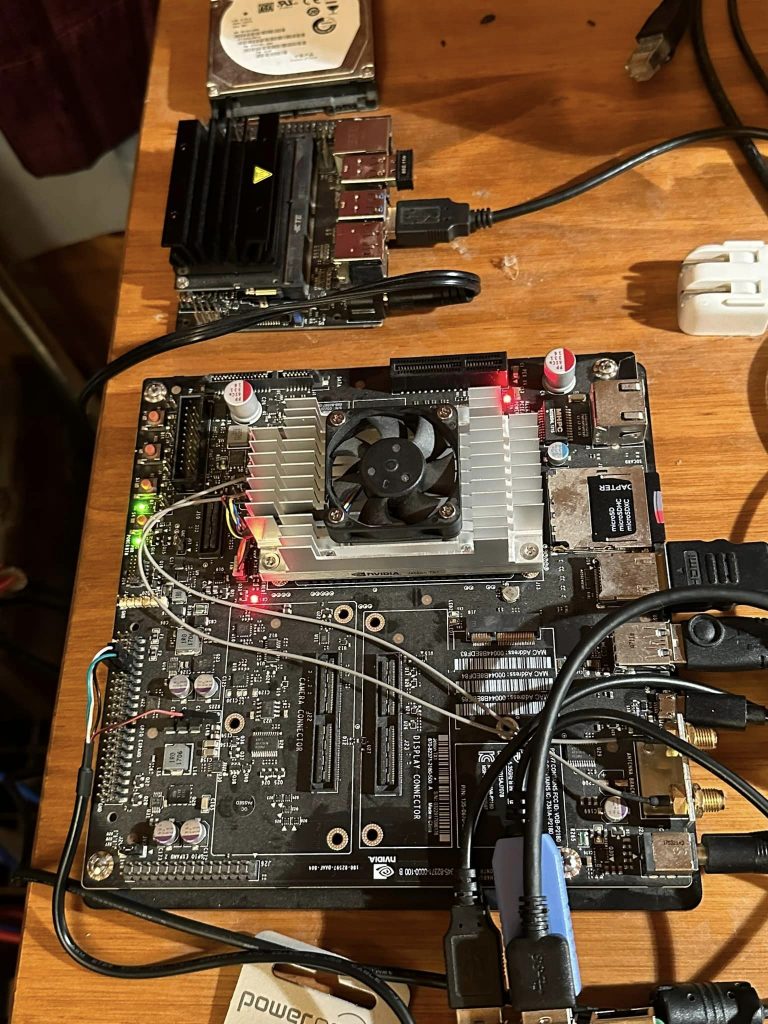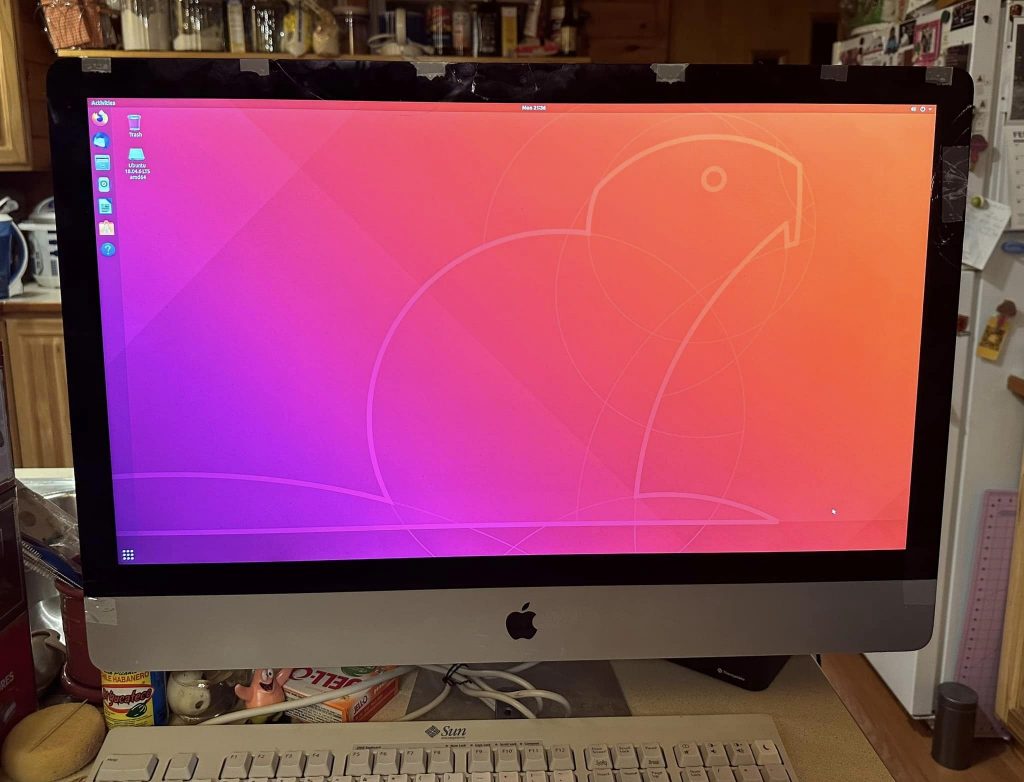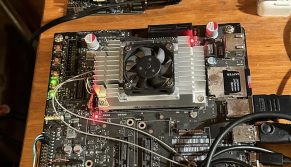Sometimes “ability” is more persistence than anything else. As part of my studies on cochlear implants, I wanted to 3-D visualize the sound using one of my “artificial intelligence” engines, an Nvidia TX1, which I bought years ago for AI / machine learning studies because it’s like a “supercomputer” in a really small package. I never really got around to those studies, and then somehow wrecked the system really bad during an upgrade so it wouldn’t boot. And, of course, the machine I originally used to set it up way back then, died in the meantime. I was able to get the TX1 “flashed” to the simplest level so it would at least boot, but the Ubuntu virtual machine (VM) I used for that couldn’t update it beyond, because it needed more reliable USB, and the VM hardware simulator kept flaking out when I could afford it least. I got the Raspberry Pi 5 to run Ubuntu thinking I could use that to update the TX1, but that’s an ARM architecture, and the TX1 updater needs x86 for the pre-compiled binaries. Of course. So I ended up installing Ubuntu (the beaver in the picture) on my old iMac and **finally** got the darned TX1 updated and supplied with the latest source and libraries. The examples in the video look relatively simple, but if you know anything about fluid dynamics, you’ll understand that there’s a *lot* of processing going on in the background, moreso that I have three examples going at the same time; and it’s barely exerting itself. But, to my first sentence, I’m just happy I’m back at this point where I can run examples at all. If I were “smarter,” I’d have given up a few days ago. Fortunately, I’m more persistent than “smart.” Now I can finally actually do some programming for the cochlear implant stuff. More on that as I develop it.
Though it’s slick as a greased pig, I might sell the Raspberry Pi 5. ![]() I really don’t need a TX1, a Nano, a Beaglebone Black, some Pi Ws, and a few odd Orange Pi’s.
I really don’t need a TX1, a Nano, a Beaglebone Black, some Pi Ws, and a few odd Orange Pi’s.



